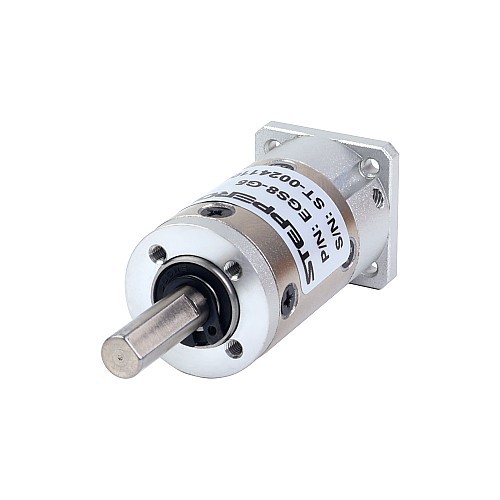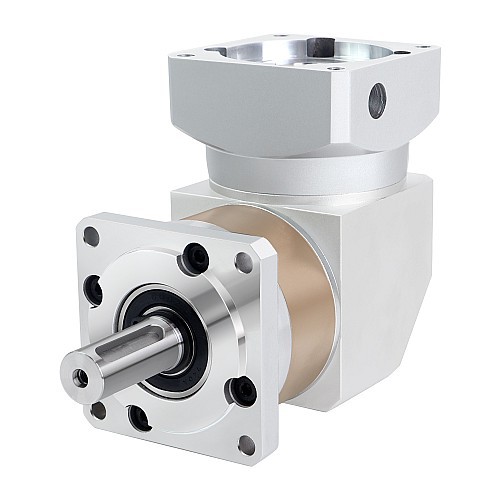The input shaft of the planetary gearbox is the shaft where power is input, and the output shaft is the shaft where power is output. They achieve the functions of deceleration, speed increase or change of transmission direction through the interaction of components such as the planetary gearbox carrier, sun gear and planetary gear.
In the field of mechanical transmission, the planetary gearbox system has attracted much attention for its unique transmission method and high efficiency. Among them, the input shaft and output shaft are two indispensable key parts of the planetary gearbox system. This article will deeply analyze the input shaft and output shaft of the planetary gearbox to show you their working principles and applications.

1. Basic structure of planetary gearbox system
Before understanding the input shaft and output shaft, let's briefly review the basic structure of the planetary gearbox system. The planetary gearbox system is mainly composed of sun gear, planetary gear, planetary gearbox carrier and inner and outer gear rings. Among them, the sun gear is located in the center, the planetary gearbox revolves around the sun gear and rotates on its own, and the planetary gearbox carrier supports the planetary gearbox and enables it to revolve. The inner and outer gear rings mesh with the planetary gearbox and sun gear respectively to achieve power transmission.
2. Function and characteristics of input shaft
The input shaft is the shaft through which power is transmitted in the planetary gearbox system. It is usually connected to the driving device (such as motor, engine, etc.) to transmit power to the planetary gearbox system. In the planetary gearbox system, the input shaft transmits power to the planetary gearbox and the inner and outer ring gears through the sun gear, thereby driving the entire system to operate.
The characteristics of the input shaft mainly include:
2.1. Bearing large torque: Since the input shaft is directly connected to the driving device, it needs to bear large torque. Therefore, the input shaft is usually made of high-strength materials to ensure that it can withstand large loads.
2.2. High-precision processing: In order to ensure transmission efficiency and transmission accuracy, the input shaft needs to be processed with high precision. This includes the processing accuracy requirements of the shaft diameter, keyway, thread and other parts.
2.3. Lubrication and sealing: The input shaft needs good lubrication and sealing during operation to reduce wear and leakage. Therefore, lubrication and sealing measures need to be considered during the design and manufacturing process.

3. Function and characteristics of the output shaft
The output shaft is the shaft that transmits power in the planetary gearbox system. It converts the power of the input shaft into a specific speed and torque output through the interaction of components such as the planetary gearbox carrier, sun gear, and inner and outer ring gears. The output shaft is usually connected to the driven equipment to drive it to operate.
The characteristics of the output shaft mainly include:
3.1. Stable output performance: The output shaft needs to have stable output performance to ensure that the driven equipment can operate smoothly. This requires the planetary gearbox system to have high transmission accuracy and stability.
3.2. Strong adaptability: The output shaft needs to adapt to the output requirements of different speeds and torques. Therefore, the planetary gearbox system needs to have a variety of transmission ratios to choose from to meet the needs of different application scenarios.
3.3. Compact structure: The output shaft usually needs to be closely integrated with the planetary gearbox system, so its structure needs to be compact and lightweight for easy installation and commissioning.
Discussions
Become a Hackaday.io Member
Create an account to leave a comment. Already have an account? Log In.